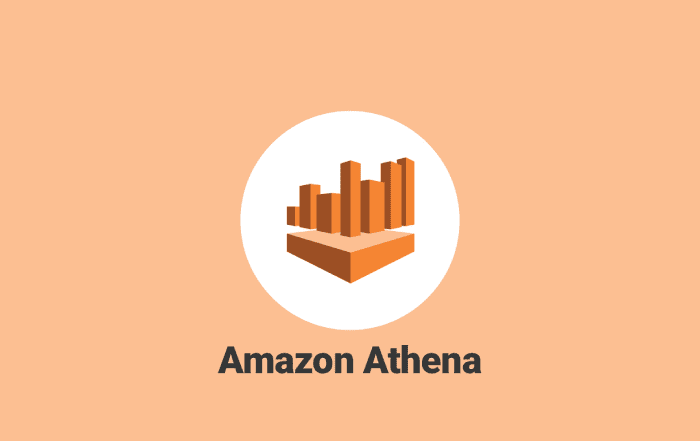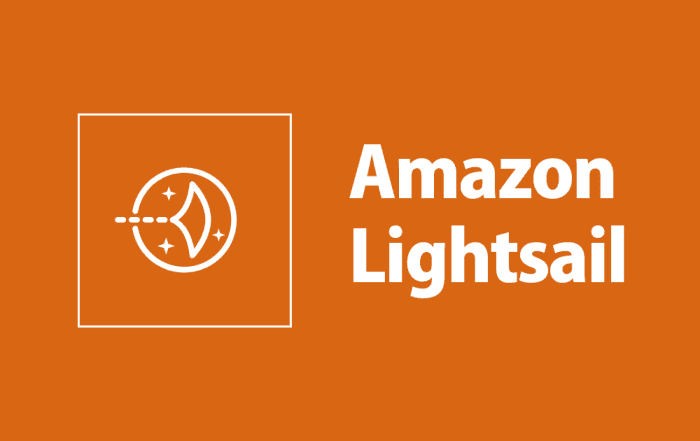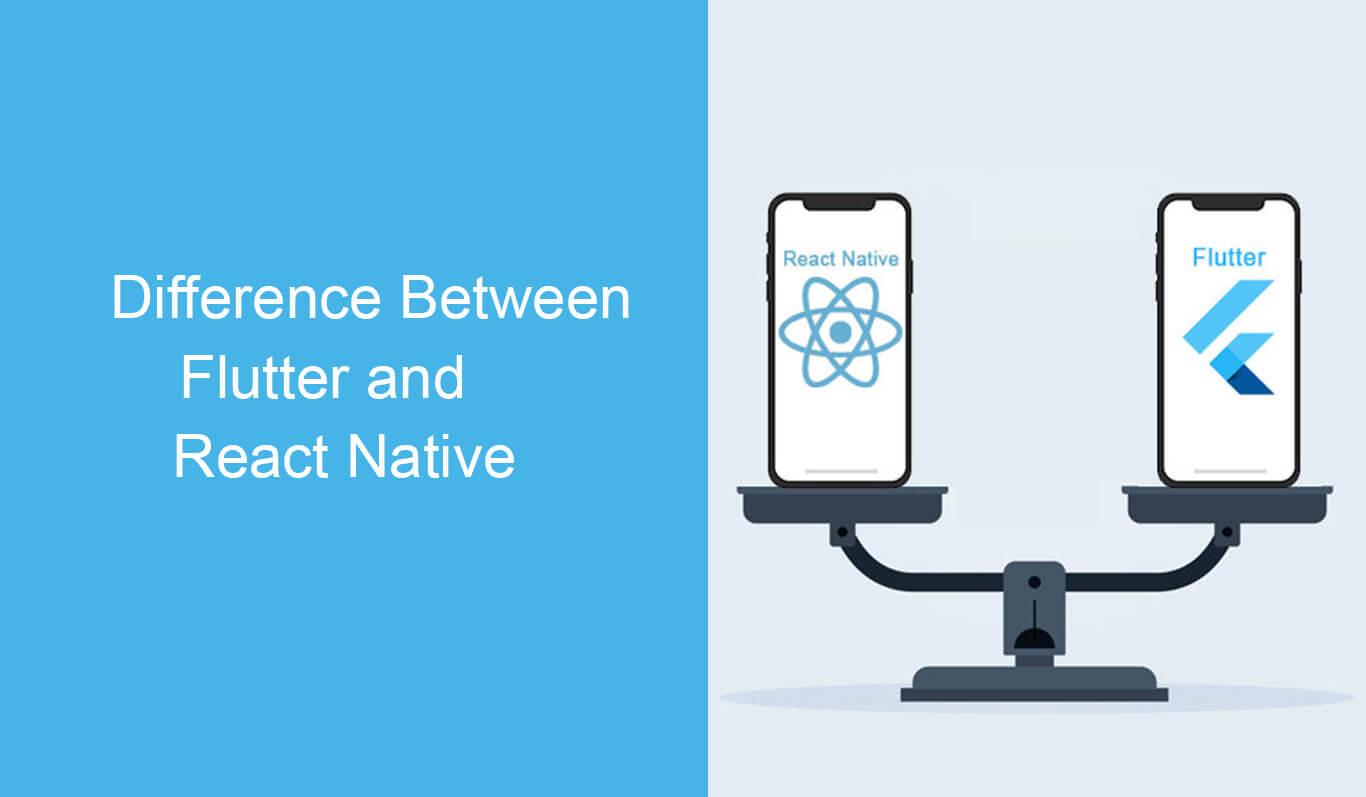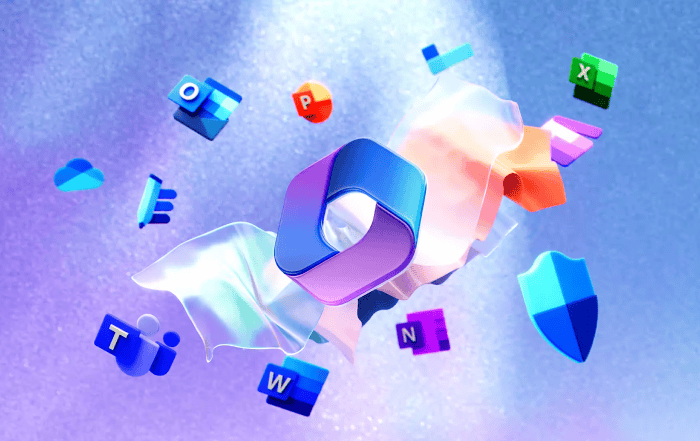
Instagram, Twitter, Quora, Amazon, Google Sheets; right from shopping and banking to working and eating, every service you could need comes wrapped in a neat mobile application these days.
But, as a developer, you desire the best tech that can also drive ROI for your project. And, that’s where you find yourself looking for answers to the ‘native versus progressive’ issue.
Progressive Web Apps have been used and experimented on for about two years or so. And yet, undermined as they are, they’re also mostly seen as a competition to the native app tech. Here, we’ll talk about how native and progressive apps are more complimentary partners than competitors at this point.
What’s a Native App
The pieces of code that are platform-specific and which you can install from the app store are called Native Apps. They are fast, efficient, and functional. And, you need them on the app store as representatives of your digital presence.
But, when it comes to creating one for the app store, jumping on the ‘Native app’ wagon isn’t always a good idea.
You’ll need to create multiple codebases for different platforms like Android and iOS. It’s an expensive affair which requires time & resources. And attracting users to assess, install, and use the application is no cakewalk.
What Is a Progressive App
Progressive Web Apps are regular web pages with the look and feel of a native app. PWA was launched in 2015 by Google to try and improve the user experience. It is a web-based app. Creating one is a quick and budget-friendly affair. It supports many platforms with a single codebase.
The concept of PWA is considered the perfect testing waters if you want to gauge if investing in a native app is worth it.
Native App Versus Web App- Not Anymore
Depending on your long-term goals and target user, you’ll need to switch between the two. None is the ideal solution for developers. Here’s why.
1. Both Offer Many Similar Features
A PWA can have push notifications, an offline mode, and screen orientation, just like native apps. Your user can just add it to their home screen with no installation required. It can function as a standalone window.
2. Both Suit Different Budget Constraints
Creating a progressive app costs a fraction of what you’ll pay to build a native app. Plus, it is quicker to develop. But, investing in a native app puts you at the advantage of an app with optimum performance with high loading speed, even though it’ll cost you more.
3. PWAs Are Excellent to Attract Users; Native Is Good at Retaining Them
Every step that a user has to perform before they can use your actual service voluntarily reduces the number of said users by 20%. That’s why it’s tough to gather many new customers at the same time with a native app.
But, with PWAs, the installation merely requires a touch or swipe. It is more potent to draw new customers to your service in a hassle-free manner.
4. Fixing Bugs Is Easier in Progressive Apps; Native Apps Perform Better
PWA operates slower than native apps. And it consumes more battery. However, fixing a bug is easier because you’ll only have to update the central codebase for the app.
With a native application, there are different codebases for platforms like Android and iOS. Any update will have to be applied to all such codebases. And, the user will have to be notified to update to the recent version-a decision they may choose to skip over.
5. Progressive Web Apps and Traditionally Native Features May Soon Converge into One Tech
PWA is well-established. It’s being used by the likes of Twitter and Alibaba. And soon, it’ll be able to utilise native phone features like contacts, browser bookmarks, telephony, hardware and sensor access, system logs, etc. With the advantages of native apps converged into the convenience of building a PWA, both technologies may soon fall under a single umbrella.
The top thousand mobile websites get around 270% more visitors in a month than the top thousand native applications. Clearly, PWA is on to something!
However, instead of asking who wins the native versus progressive war, you should look at the cost, time, user behaviour, and intended application use for your product before determining to build a native app or PWA.








